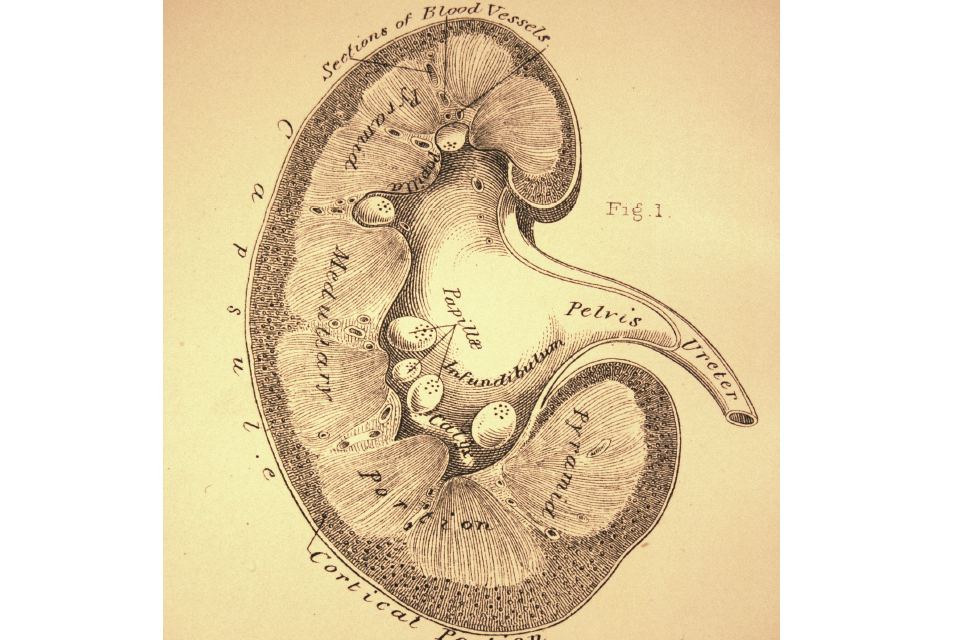What You Didn’t Know About Your Kidneys

Humans do not require 100 percent renal function, or functioning of the kidneys. Most people can live well with only 50 percent renal function, which is why healthy people are able to donate a kidney. The second kidney, it’s theorized, developed to function as a backup.
Kidneys do more than provide a waste-removal service for the body; they also release three important hormones. Erythropoientin stimulates the bones to make red blood cells. Renin regulates blood pressure, and the active form of vitamin D, calcitrol, helps maintain normal chemical balances in the body and calcium for bones.
A newborn baby’s kidney is about three times larger in proportion to body weight than that of an adult.
Kidney stones (also called a renal calculus) are hard masses that are usually made up of insoluble calcium compounds and accumulated mineral salts. They form in the kidneys and can lodge anywhere along the urinary tract; it’s their passage through the urinary tract that is so painful.
200 Quarts. That’s the amount of blood you process every day to sift out about two quarts of waste product and extra water, which form urine. If this process didn’t take place, waste would build up in the blood and cause damage to the body.
Kidneys are about the size of your fist and are located toward the middle of the back below the ribcage.
Why is there blood in the urine after a kidney punch?
Traumatic injury, like getting punched, results in a giant bruise, or hematoma, around the organ. Though bloody urine is dramatic looking (and the injury is very painful), kidney bruising is the least severe form of kidney damage—but you should still get it checked out.
The most common causes of kidney disease are high blood pressure and diabetes. More than 10 percent of adults age 20 or older have chronic kidney disease, which causes a gradual loss of kidney function with few symptoms over the years. This disease often cannot be cured.
Dialysis is a treatment for kidney failure. One method, hemodialysis, involves a patient’s blood flowing through a waste-removing machine then back into the body; this can be done in a medical facility a few times a week and takes several hours. Many patients take advantage of the home-treatment option, which involves collecting waste through a catheter and draining it from the body.
There are currently 9,000 people in the United States waiting for a kidney transplant.






